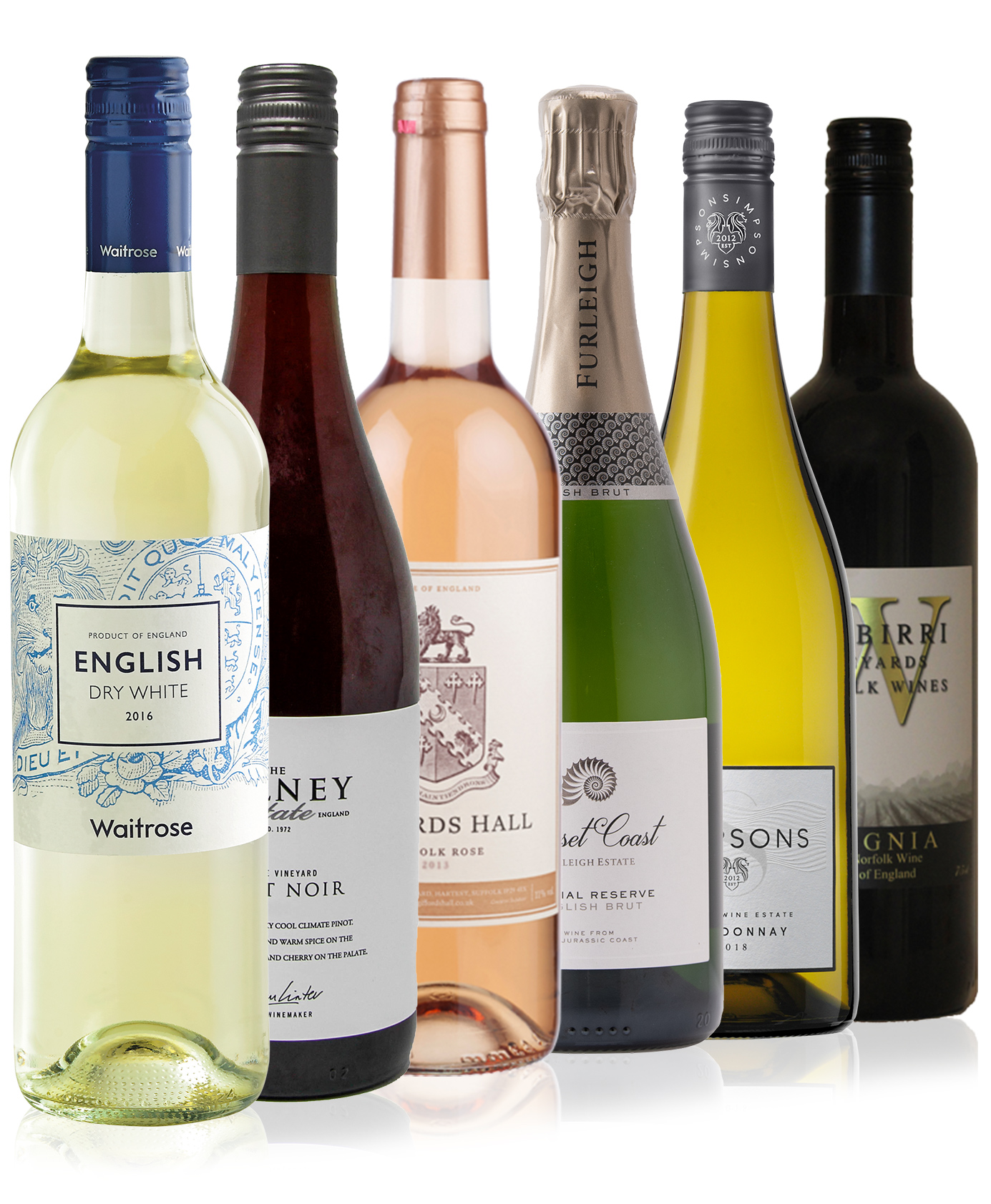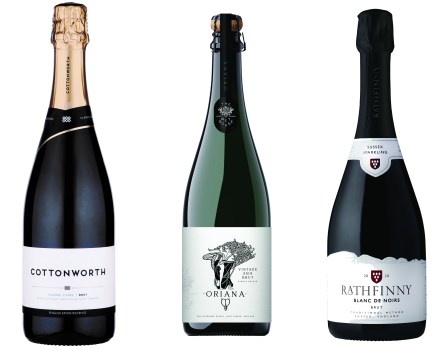Marien Rodríguez, wine buyer for Waitrose, is responsible for buying English and Welsh wines along with Germany, Austria, Eastern Europe and Rest of the World. She gives her views to Vineyard.
Waitrose is a multi-award-winning retailer for its English & Welsh wine range, with an offer of more than 110 wines available nationwide via shops and cellar. Waitrose first stocked an English wine in 2001.
Marien Rodríguez said: “We take our role in supporting English & Welsh wines very seriously. We are proud to say that we sell a sparkling wine made from the grapes from Waitrose’s own vineyards on the Leckford Estate farm in Hampshire. This brings us even closer to the production side and provides us with firsthand information on each vintage’s conditions in this region, which is extremely valuable.
“We are committed to continuing to support this industry and strengthen our position as a market leader in this sector. All styles are represented in our range, we even count an “English Nouveau” that is released seasonally.”
Waitrose
Waitrose wines mission can be easily summarised in a statement: “To be the UK’s best drinks retailer, by offering the range, expertise, quality and service of an independent merchant, with the convenience, value and consistency of a multiple grocer”.
As explained by our Head of Drinks Pierpaolo Petrassi, the Waitrose brand stands for high quality, high service retail experience, and we consider this a commercial advantage.
What is the profile of your customers?
“As communicated in the supplier conferences that we present every year, our growth has increased our reach, especially in the online space, but our customer demographic remains premium. We strive to support our customers by offering them great service in shops and online. We have an extensive team of WSET-trained specialists who advise and help consumers with their purchases. Moreover, we are now able to organise in-store tastings again which allows producers to directly interact with customers and this is a great sales and marketing tool to take advantage of.”
What are you looking for when considering new wines to list?
“It is a requirement for any new supplier to meet the Waitrose technical and safety standards. This ensures that the product can be safely sold to our customers, and we fully support producers in completing this process successfully from a technical perspective.
“Many factors are carefully assessed before considering the launch of new wines in our stores. We look at the quality, style, how the wine fits in with the overall range and product offer from the specific region of origin and the availability of space in our shops, among other considerations.”
Which country, style of wine, are best sellers?
“English wines reported record sales in 2021 thanks to an effective promotion strategy and range optimisation. All styles within English wines have reported growth which is outstanding. The best sellers are sparkling (national and local listings) and white wines from major brands. However, those reporting the largest growth being local subcategories as previously explained,” stated Marien.
What do you expect a supplier/producer to supply to you in advance?
“I would expect that before any proposals are sent, the producer studies our range to explain how they believe that their wine(s) would potentially add value and a point of difference to the current portfolio.”
Do you have a minimum drop for a listing?
“There is no minimum requirement for the number of shops a wine is launched in. For our local and regional range, the number of shops varies greatly. Waitrose Cellar carries exclusive wines as a result of limited volume availability.”
What are English and Welsh producers doing well?
“One example that I would highlight from recent discussions is how producers are already adapting to climate change. Some are reviewing their planting material to be able to produce both sparkling and still wines by planting one type of clone, as it is intended that with rising temperatures, more still wine will be released. Others are predicting an increase in production of vintage wines, should conditions allow it in the coming years. What I find important is that most producers seem to understand how climate change is a risk and not just an opportunity to increase the quality of wines. I believe that this shows how committed this industry is to working on and achieving sustainable wine production practices and their awareness of the impact of their activities within the ecosystems and the wider environment. I find this topic very interesting, and I believe that it will gain more attention in England and Wales as the effects recorded and their impact become more significant.”
Broadly, what do you think of English/Welsh wines?
“We are lucky to be able to enjoy high quality wines in both sparkling and still styles. What impresses me about this industry is how stakeholders are committed to ensuring the long-term viability of production by focusing on sustainability. Moreover, I believe that English wines have great success potential in some export markets, and I hope to see more of these wines abroad. I am very excited for the years to come and I hope to see a wider and diverse range of top quality wines from different producers and subregions on our shelves and in the market.”
What trends do you discern in wine sales and is there anything that English and Welsh viticulturists and vinifers should be addressing, going forward?
“There is a significant customer demand for local wines and all styles reported outstanding growth in 2021 versus previous years. The largest growth was reported by sparkling local wines driven by the increasing quality and customer focus on local produce, which were accentuated during the pandemic, as customers spent more on wine with the on-trade closed.
“One of the current trends is English and Welsh still wines, partly because producers are releasing greater volumes of these wines made from international varietals which customers can recognise. Moreover, these are more affordable for those looking to spend less on a bottle of wine versus the sparkling styles. More specifically, red and rosé wines continue to be extremely popular among our customer base and both reported a +70% year on year sales volume growth in 2021. I am currently looking to increase the range of high-quality red wines from international varietals to offer customers good value for money wines that they can enjoy at reasonable prices.”
Is there anything you would like to say to English and Welsh winemakers and producers?
“I would like to encourage producers to contact us if they believe they have interesting proposals that would fit in our range (either because the wine style is under represented or because the wine is a top-quality example).
Your background
“Wine has been an integral part of my life since a very young age. I spent part of my childhood in Rioja where I took part in viticulture and winemaking activities which sparked my interest in wine. It was not until later, however, that I decided to pursue a professional career in this industry. I pursued a Bachelor in International Business whilst working as a university teaching assistant. This was followed by a double Master in Supply Chain Management and Strategy & International Management completed in The Netherlands and Switzerland.”
How did you become a wine buyer?
“In 2018, I joined the Waitrose & Partners Supply Chain team and specialised in forecasting for ambient categories which was a highly valuable learning experience. Nine months later, I had the opportunity to start working as a wine buyer and I am now responsible for the wine portfolios of Germany, Austria, Eastern Europe & Rest of the World, England & Wales, and alternative Formats. Whilst working in this role, I completed the WSET Level 3 and the Diploma certificates.
What style, type, country’s wine, do you personally enjoy?
“I am lucky in that I truly enjoy any top-quality example of any given wine region of origin or style. I always try to remain open when buying wines as there are a lot of great examples to try. At the moment, I enjoy French, Spanish and Italian wines the most, perhaps, because culturally and from my personal experiences, I am closer to these regions, however, this might change in the future.





